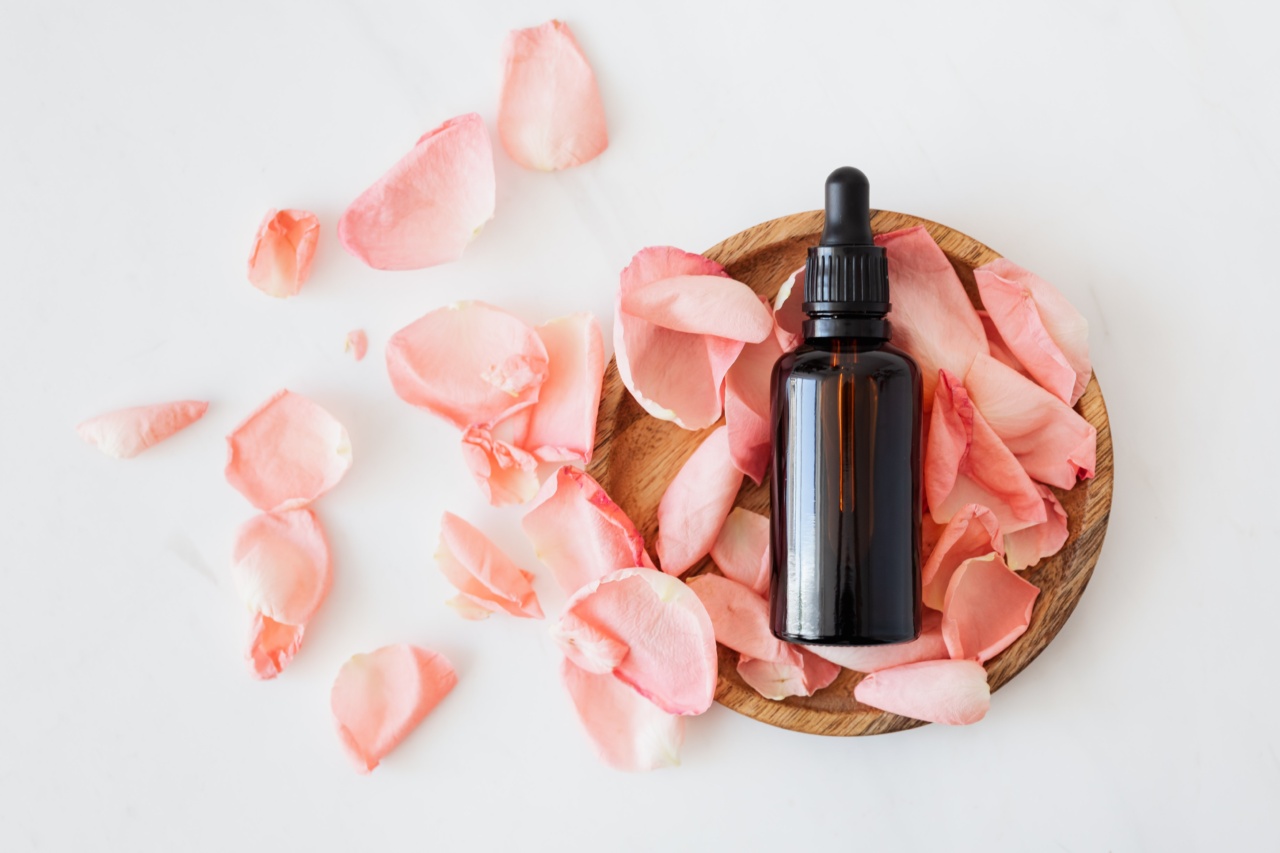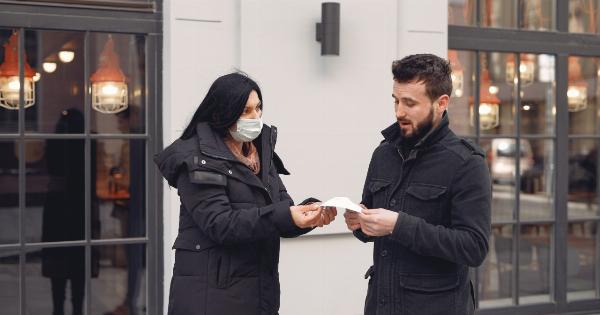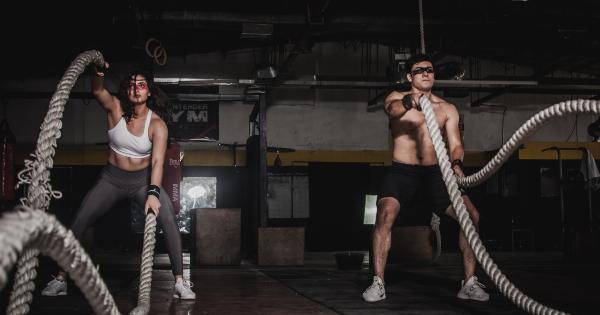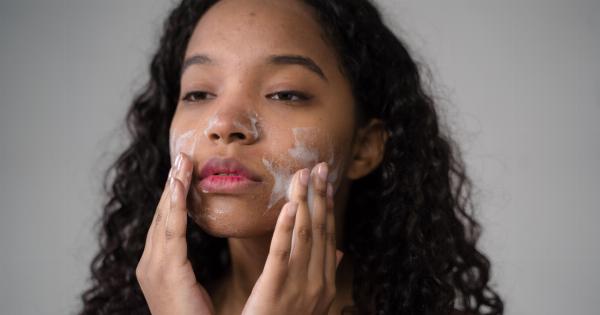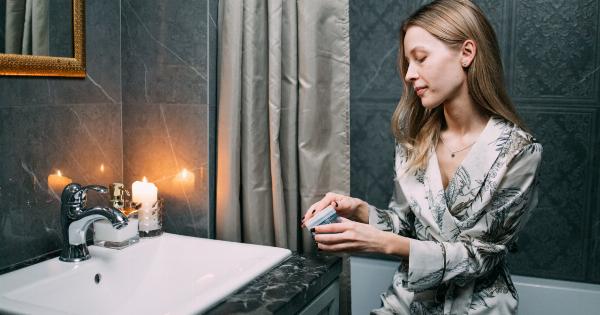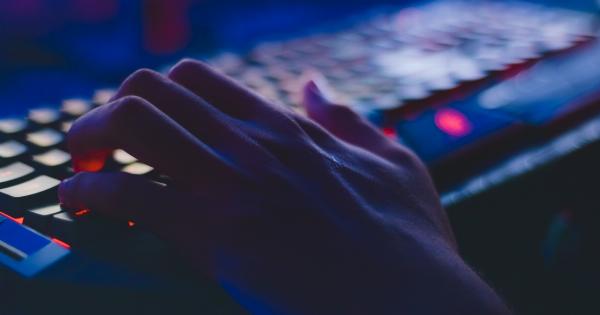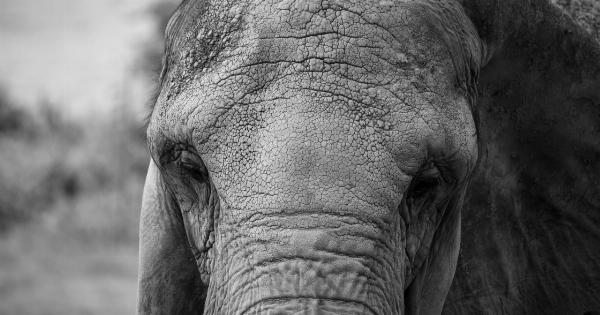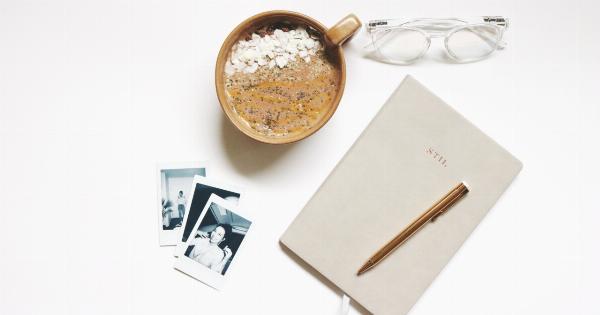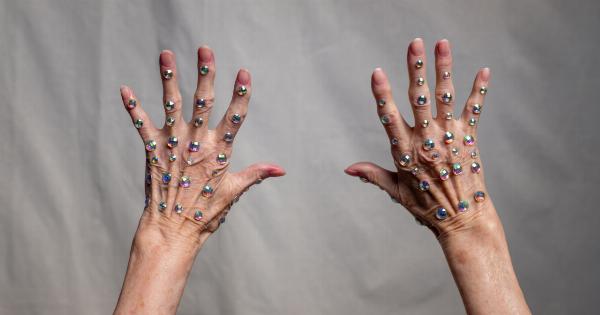Facial massage is a rejuvenating therapy that involves gentle stroking, kneading, and pressing on the facial muscles, promoting relaxation and improving overall skin health.
This ancient technique has been practiced for centuries and is known for its myriad of benefits. In this article, we will discuss how to perform a facial massage and explore the many advantages it offers.
Why Should You Try Facial Massage?
Facial massage is not only a luxurious spa treatment but also a beneficial practice that can be incorporated into your daily skincare routine. Here are some compelling reasons why you should try facial massage:.
1. Relieves Tension and Promotes Relaxation
One of the most obvious benefits of facial massage is its ability to relieve tension and promote relaxation. Just like a regular body massage, facial massage helps to relax the facial muscles, release stress, and ease anxiety.
When you are relaxed, the chances of developing fine lines, wrinkles, and other signs of aging are significantly reduced.
2. Enhances Blood Circulation
During a facial massage, the pressure applied on your skin increases blood flow to the massaged areas. This promotes better circulation, leading to a healthier complexion.
Improved blood circulation ensures that your skin receives essential nutrients and oxygen, resulting in a natural, radiant glow.
3. Boosts Lymphatic Drainage
A facial massage stimulates the lymphatic system, which is responsible for removing toxins and waste from your body. By promoting lymphatic drainage, facial massage helps to decongest the skin, reducing puffiness and swelling.
It also aids in minimizing the appearance of dark circles and under-eye bags.
4. Stimulates Collagen Production
Collagen is a vital protein that keeps your skin firm, plump, and youthful. As we age, collagen production naturally declines, leading to sagging and wrinkling of the skin.
Facial massage stimulates the production of collagen, helping to improve skin elasticity and reduce the signs of aging.
5. Promotes Product Absorption
When you apply skincare products after a facial massage, the increased blood circulation and lymphatic drainage enhance their absorption into the skin.
This means that your serums, moisturizers, and other products will be more effective in delivering their active ingredients, providing you with optimal results.
How to Perform a Facial Massage
Performing a facial massage at home is easy and can be a highly enjoyable self-care ritual. Here is a step-by-step guide on how to do it:.
1. Preparation
Start by cleansing your face to remove any dirt, oil, or makeup. Tie your hair back to keep it away from your face during the massage. You may also want to apply a small amount of facial oil or a nourishing cream to provide lubrication for the massage.
2. Warm-Up
Before diving into the massage techniques, it’s essential to warm up your facial muscles. Use your fingertips to gently tap all over your face, starting from the forehead and working your way down to the chin.
This tapping motion stimulates the blood flow and prepares your muscles for the massage.
3. Kneading
Using your fingertips, apply gentle pressure and knead small sections of your face, such as the forehead, cheeks, and jawline. Use circular motions and move your fingers upwards to counteract the effects of gravity.
Remember to be gentle and avoid pulling or stretching your skin.
4. Pinching
Pinching is an excellent technique to increase circulation and stimulate the muscles. Start with your chin and move towards your ears, pinching along the jawline. Use your thumb and index finger to gently pinch at regular intervals.
Repeat this motion on your cheeks and forehead.
5. Tapping
Tapping is a revitalizing technique that involves gentle tapping motions with your fingertips. Tap lightly but firmly on your forehead, cheeks, and chin. This technique helps to awaken your skin, improve blood flow, and promote a natural glow.
6. Drainage
To complete the facial massage, gently sweep your fingers from the center of your face towards your ears and down to your neck while applying slight pressure.
This motion aids in lymphatic drainage, reducing puffiness and promoting a sculpted appearance.
7. Cooling Down
After the massage, cool your skin by applying a chilled jade roller or a cold facial compress. This step helps to reduce inflammation, close the pores, and leave your skin feeling refreshed and revived.
Conclusion
Facial massage is a wonderful practice that not only enhances your skincare routine but also provides numerous health benefits.
From relieving tension and promoting relaxation to improving blood circulation and stimulating collagen production, regular facial massages can contribute to a healthier, more youthful complexion. So why not give yourself the gift of a rejuvenating facial massage and enjoy the radiant results?.
